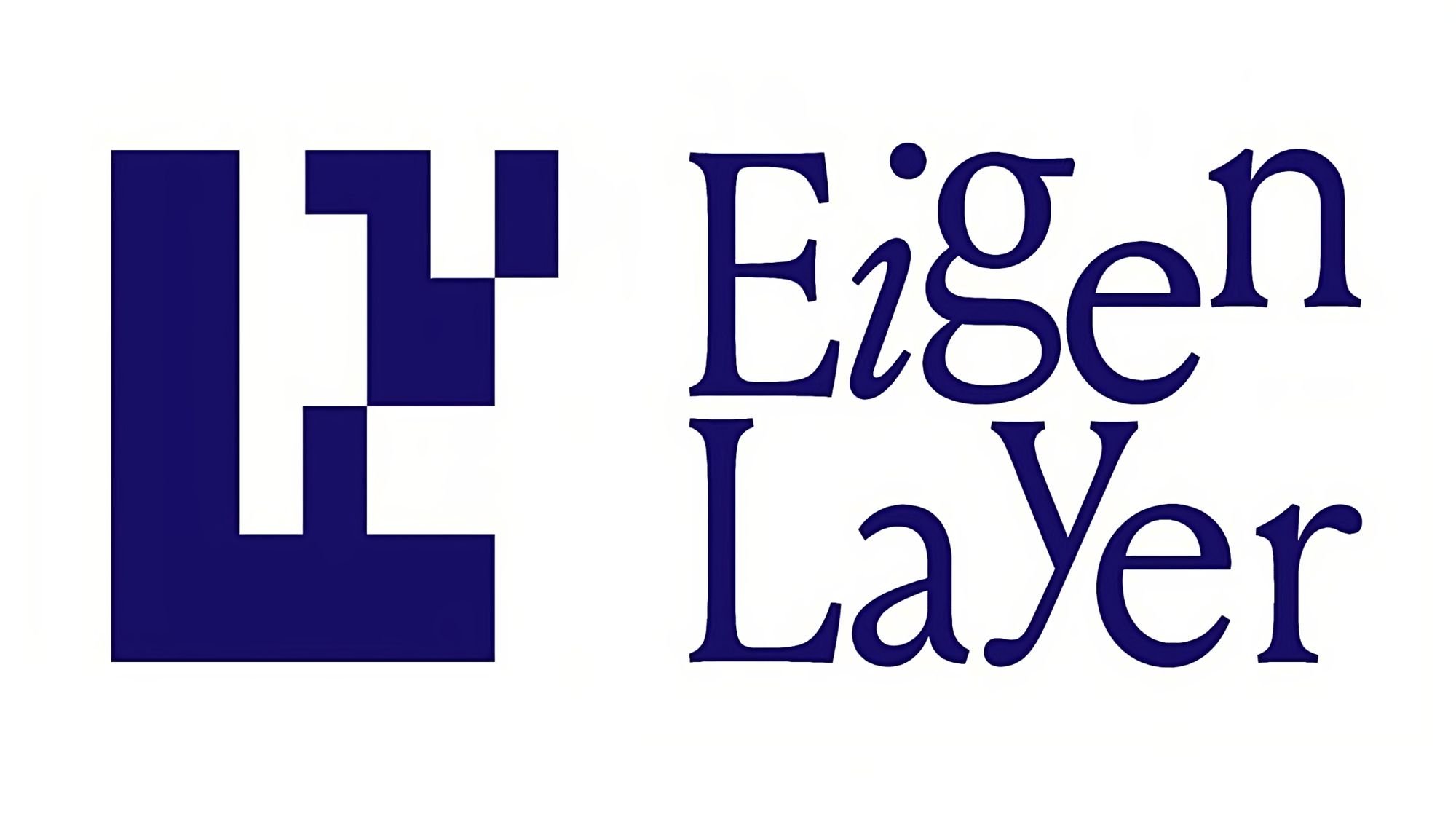Deep Diving Into EigenLayer!
 Shivank Kapur
Shivank Kapur
What's the Current Market State?
Currently Developers can build smart contract protocols (e.g., decentralized exchanges, lending platforms) on Ethereum, this is because Ethereum provides a secure platform through its trust network. This has led to the rise of innovative projects in areas like DeFi (Decentralized Finance) and NFTs (Non-Fungible Tokens). However, this has some restrictions such as Ethereum's security is mainly applicable to smart contract protocols.
Also Extending this security to other components like bridges (mechanisms that enable the transfer of assets or information between different blockchains or networks), sequencers (components responsible for ordering and processing transactions), and Data Availability (layers that ensure the availability of data within a decentralized network) layers is challenging.
Because of such situations Developers face difficulties in establishing their own trust networks for these components. The need to bootstrap a trust network is identified as a significant obstacle. This obstacle hinders the speed, variety, and scale of innovation in distributed systems, preventing them from matching the success of smart contract protocols.
How Does EigenLayer Solve Problem?
EigenLayer presents a solution to the above-mentioned limitations. It proposes a scenario where developers can tap into Ethereum's existing trust network without starting their network from scratch.
Developers can programmatically leverage Ethereum's security and trust properties based on their system's needs. EigenLayer aims to eliminate the requirement for developers to create their own trust networks, enabling them to focus on designing systems that pay fees to the programmable network for the desired level of security.
The goal is to facilitate the development of innovative distributed systems that can contribute to creating a new and improved version of the Internet.
Going in More Depth!
EigenLayer is a special kind of network on Ethereum that allows users to trust and participate in new off-chain systems. It consists of smart contracts on Ethereum and off-chain node software. People who stake Ethereum (ETH) can now go beyond just committing to the Ethereum protocol – they can also opt into running new systems and tasks through EigenLayer. Validators on Ethereum stake ETH to show commitment to the protocol. EigenLayer expands this commitment by allowing stakers to actively participate in new systems and tasks. Stakers run extra node software and give EigenLayer contracts the ability to set conditions (like penalties) for their staked ETH based on the requirements of these new systems.
These new systems are called "Actively Validated Services" (AVSs), and they include things like fast finality layers, data availability layers, virtual machines, and more. EigenLayer offers a powerful benefit – block proposers can experiment with new ideas without changing the Ethereum protocol. This means they can make additional commitments beyond the core Ethereum consensus.
Click Here to view the official White Paper Of Eigen Layer.
How Does EigenLayer Work Behind the Scenes?
Restaking Protocol-
EigenLayer introduces a new way to enhance security by using restaked Ethereum (ETH) to secure different modules. Instead of using their own tokens, Ethereum validators can secure modules on EigenLayer by linking their chain withdrawal credentials to EigenLayer's smart contracts. This allows them to participate in new modules on EigenLayer by running additional software.
In this process, modules can set conditions that could penalize validators by slashing their staked ETH if they opt into the module. This is known as "restaking." In return for providing security and validation services to these modules, validators earn extra income. The restaking mechanism enables a strong transfer of crypto economic security. To illustrate, imagine a module as a Data Availability layer. Validators who restake via EigenLayer will receive payment whenever data is stored through that.
Open Marketplace-
EigenLayer has a system that works like an open marketplace. In this marketplace, validators (those who secure the network) can decide if they want to be part of or stay out of different modules on EigenLayer.
These modules need to motivate validators to use their restaked ETH on them. Validators help decide which modules are valuable enough to get this extra security, considering the risk of penalties. The idea is that validators choose to be part of modules that are worth it.
This opt-in system in EigenLayer has two important advantages-
a) It adds a fast and efficient free-market way of deciding which new features can be added to the network, alongside the stable governance of the main blockchain.
b) Validators choosing to be part of a module means that new features can use the unique strengths of different validators, finding the right balance between security and performance.
3 Types Of Trust which Eigen Layer Provides
Economic Trust:
Definition: Trust based on capital.
Example: If a validator maliciously deviates from the specified validation rules, there's an objective on-chain proof to penalize them.
Decentralized Trust:
Definition: Trust based on decentralization.Blockchains are based on the fundamental idea of decentralized trust. It speaks to a system's capacity to build trust amongst users without the help of a centralized authority or outside middleman.
Example: AVSs that can't be easily proven on-chain use a decentralized trust model, relying on a large and diverse set of validators.
Ethereum Inclusion Trust:
Definition: Trust derived from Ethereum validators restaking.
Example: Enables experimentation with new features on Ethereum without modifying the core protocol.
The Testnet was launched on 6 April, 2023 and the mainnet is expected to be launched by the mid of 2024.
Advantages Of Using Eigen Layer
Better Deal For Stakeholders- EigenLayer may be a desirable option for you if you're an ETH staker looking for more options. By utilizing this protocol in conjunction with your current Ethereum validation, you can make better use of your staked capital and gain additional benefits at little additional cost.
High Security- EigenLayer adds to a more stable and secure decentralized ecosystem by expanding Ethereum's crypto-economic security to new applications.
Time Saver For Developers- With access to Ethereum's staked capital and validator set, developers can now spend less time bootstrapping security. New use cases and quicker development cycles result from this.
Conclusion
In a nutshell, this is how it operates. EigenLayer presents restaking, a technique that lets services and networks be secured by staked ETH instead of private tokens. Ethereum validators have the option to supply new services that bring them further advantages. They must download and run any required software in order to accomplish this. If a validator acts dishonestly, these services may impose conditions that result in the loss of their staked Ethereum. Because their reputation is on the line, this guarantees the validators' integrity.
Subscribe to my newsletter
Read articles from Shivank Kapur directly inside your inbox. Subscribe to the newsletter, and don't miss out.
Written by

Shivank Kapur
Shivank Kapur
I'm a FullStack Developer currently working with Technologies like MERN Stack, BlockChain, GraphQL, Next.js, LLMs, and a plethora of other cutting-edge tools. I'm working as a Developer Relations Engineering intern at Router Protocol and also as a Contributor at SuperteamDAO. My journey also encompasses past experiences at Push Protocol, where I orchestrated seamless community management strategies. I help Communities by Bridging the Gap between Developers and Clients. Crafting, launching, and meticulously documenting products fuel my passion, infusing every endeavor with purpose and precision. Beyond the binary, I find solace in the pages of self-help and spirituality, honing both mind and spirit with each turn of the page. phewww... I love a cup of coffee ☕ while writing code. So let's connect and have a meet over something you wanna discuss. I'll be more than happy to have it. Drop me a line at shivankkapur2004@gmail.com